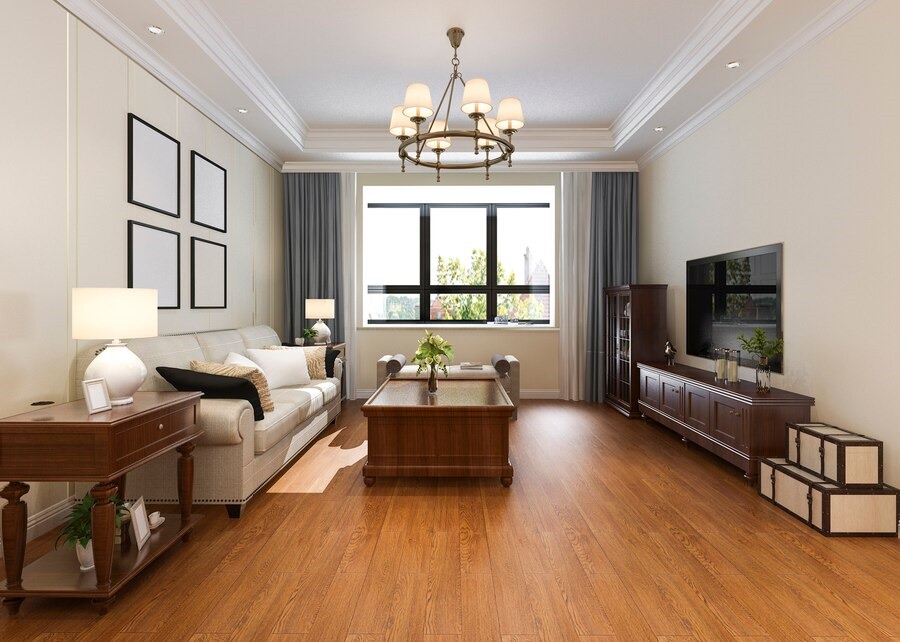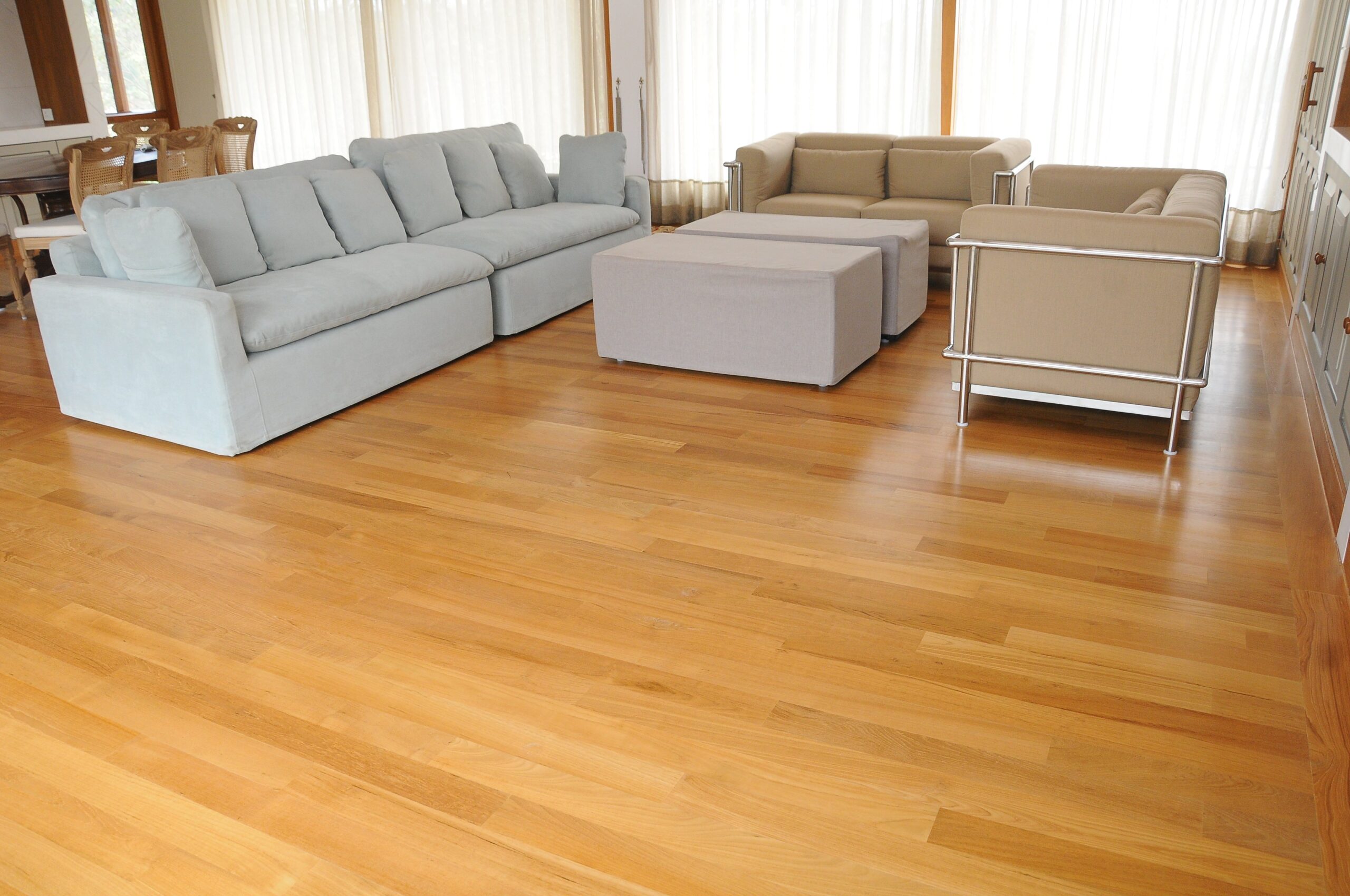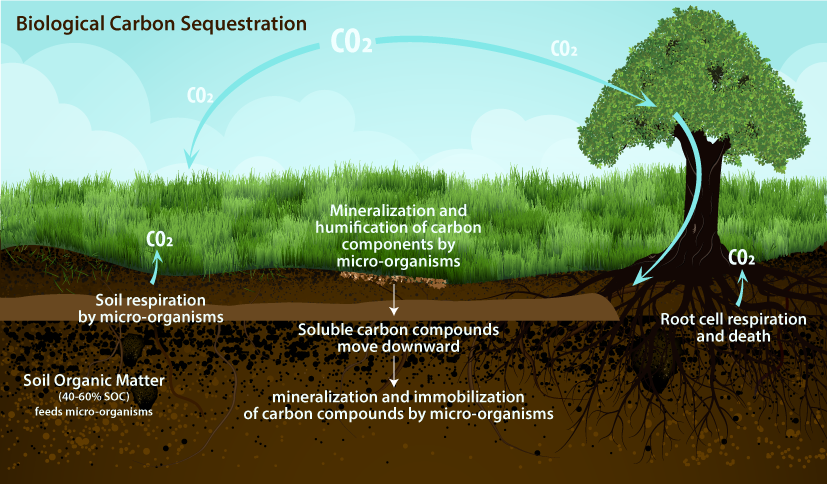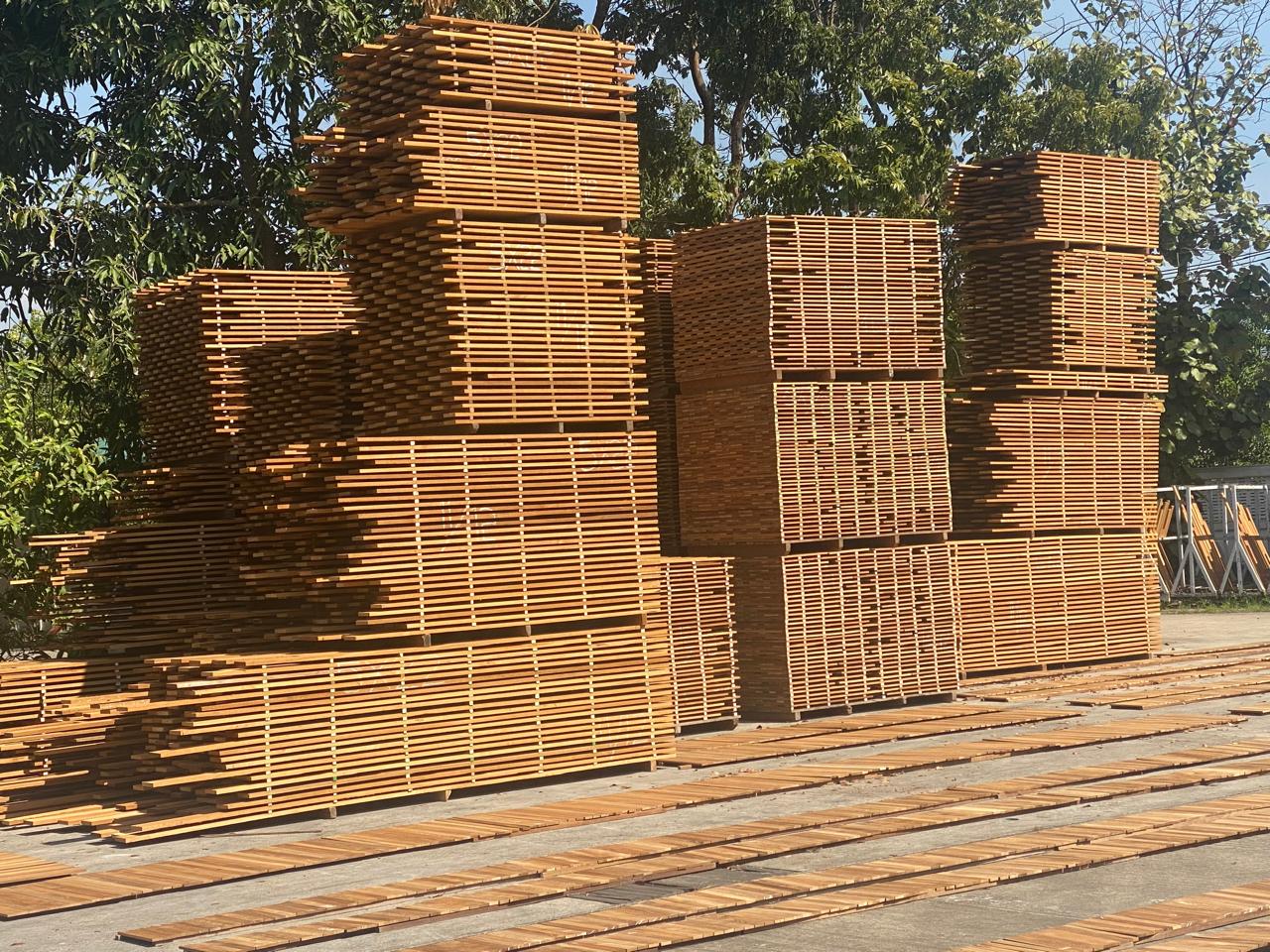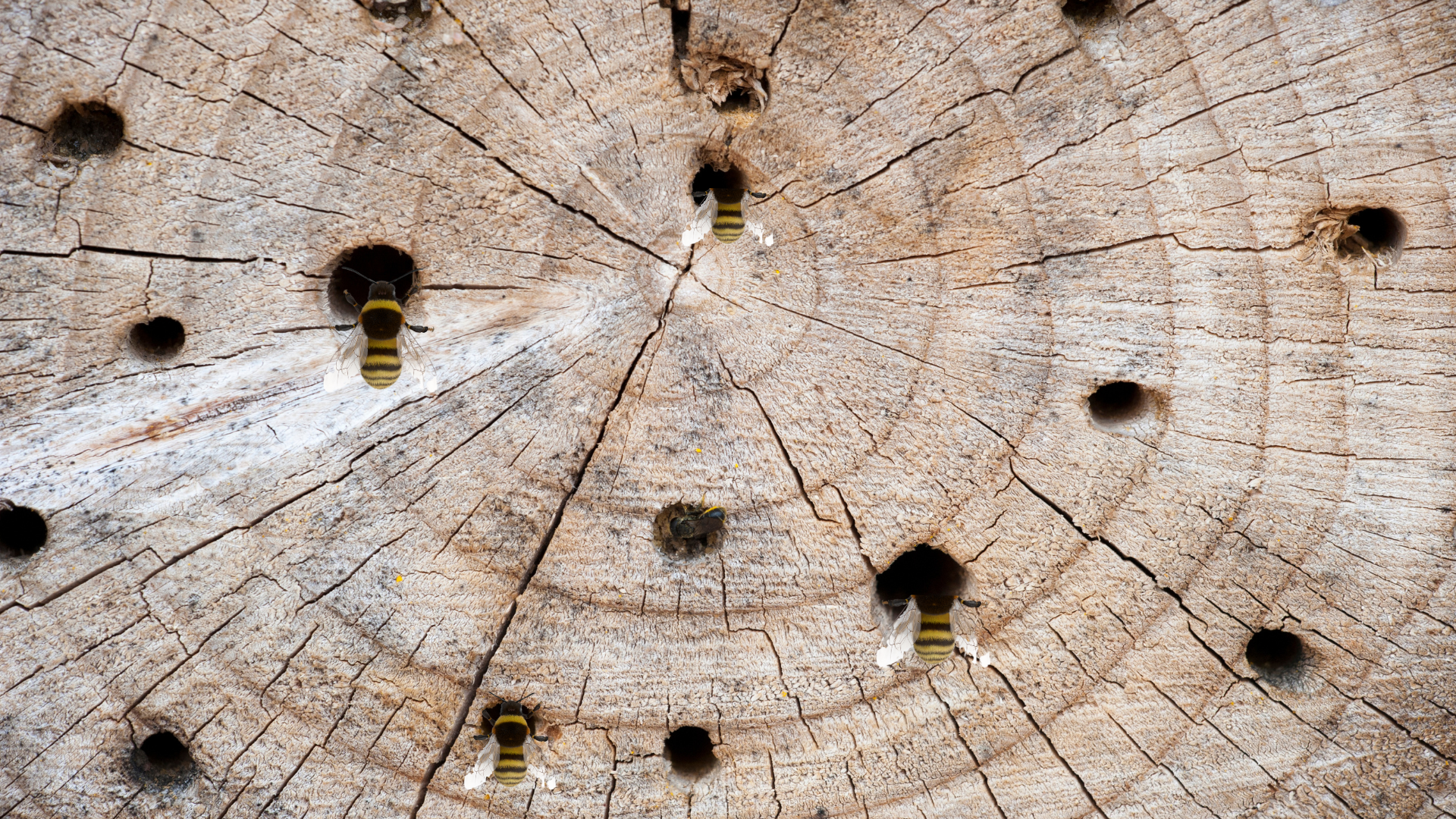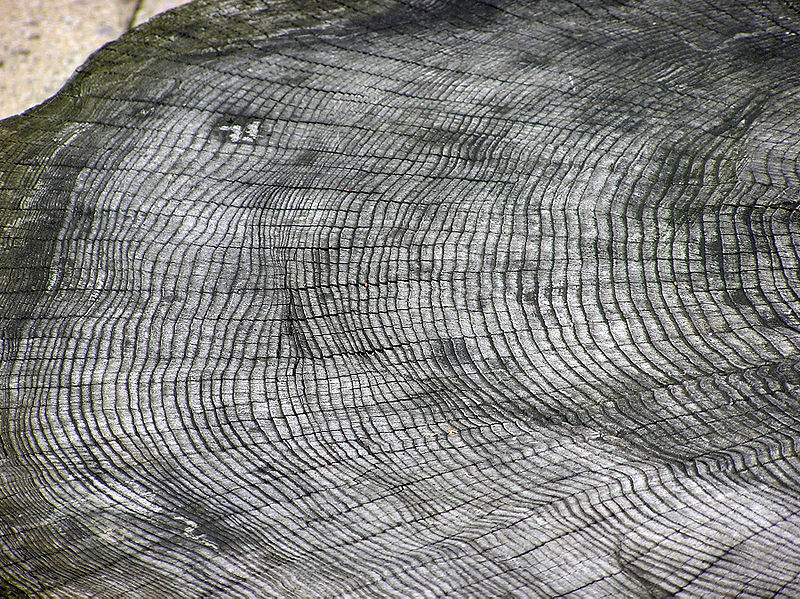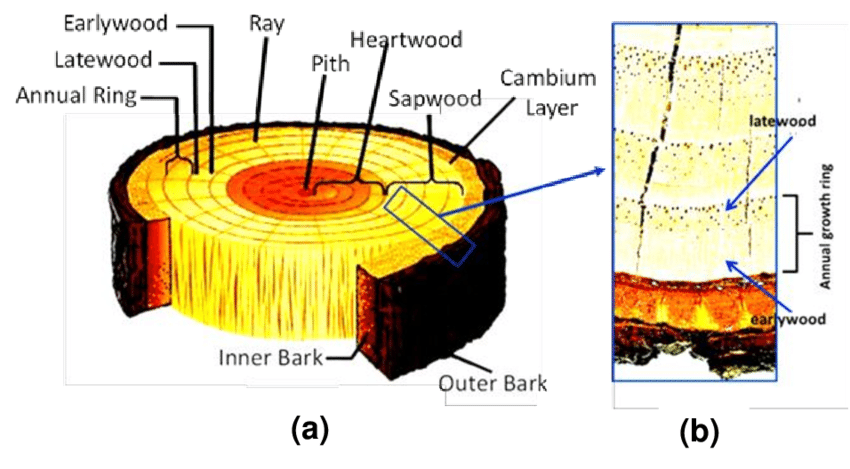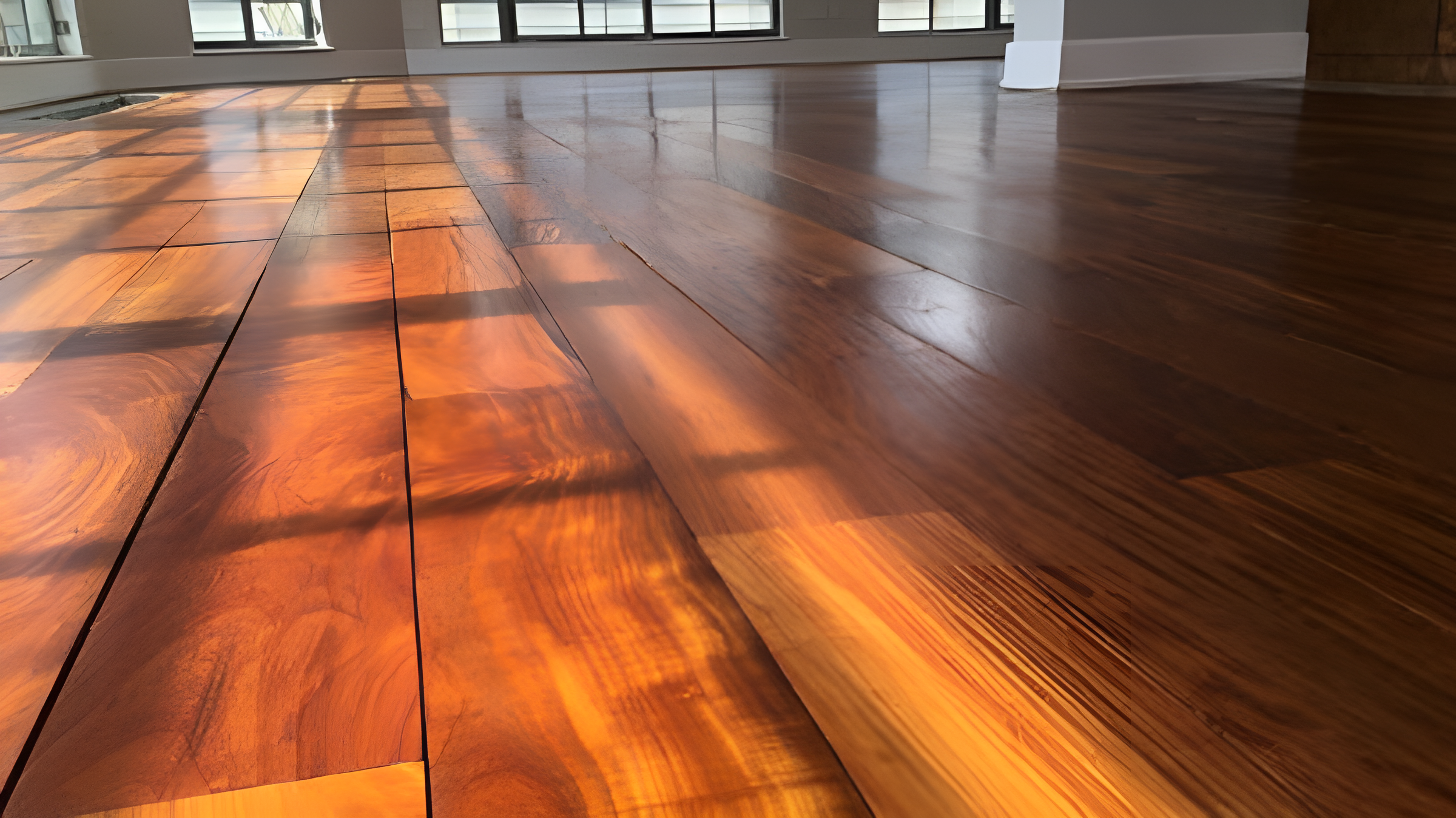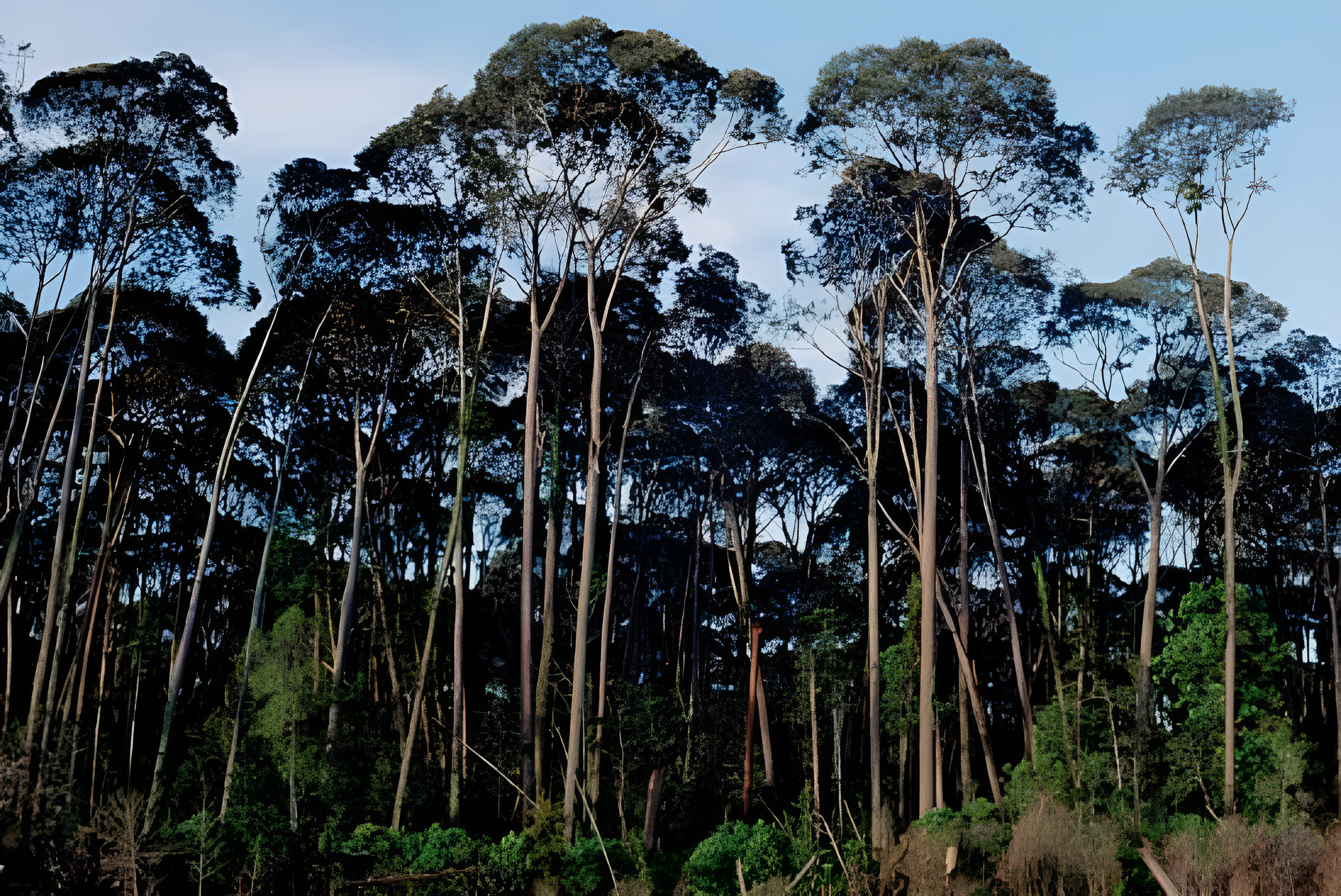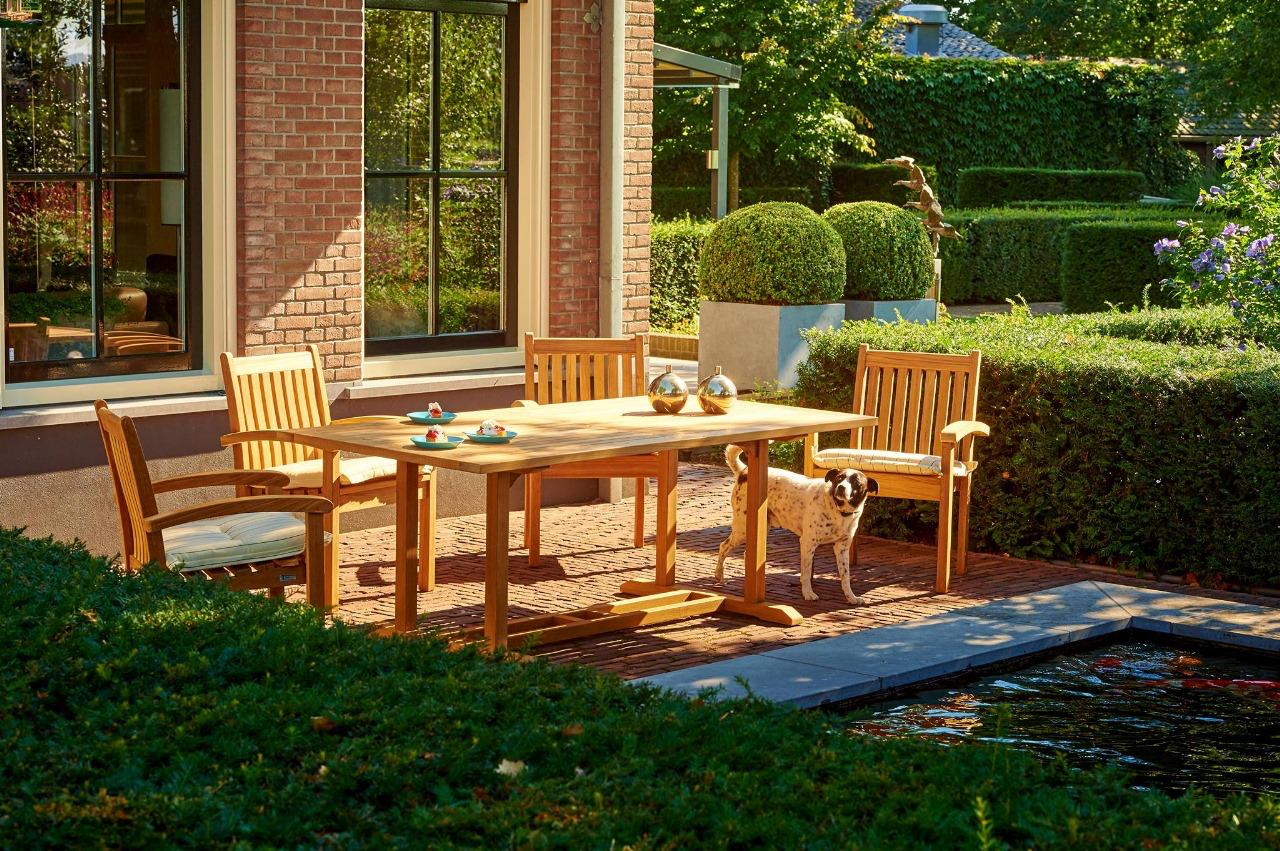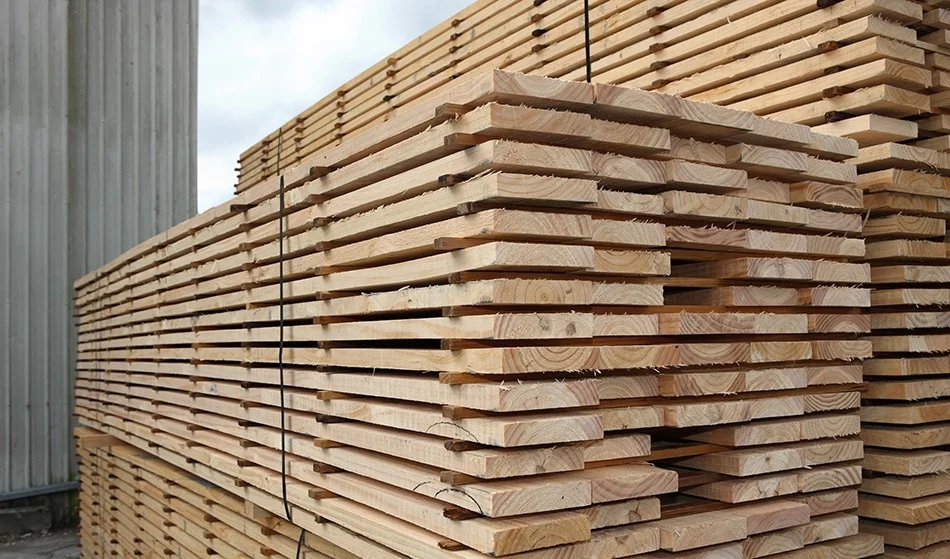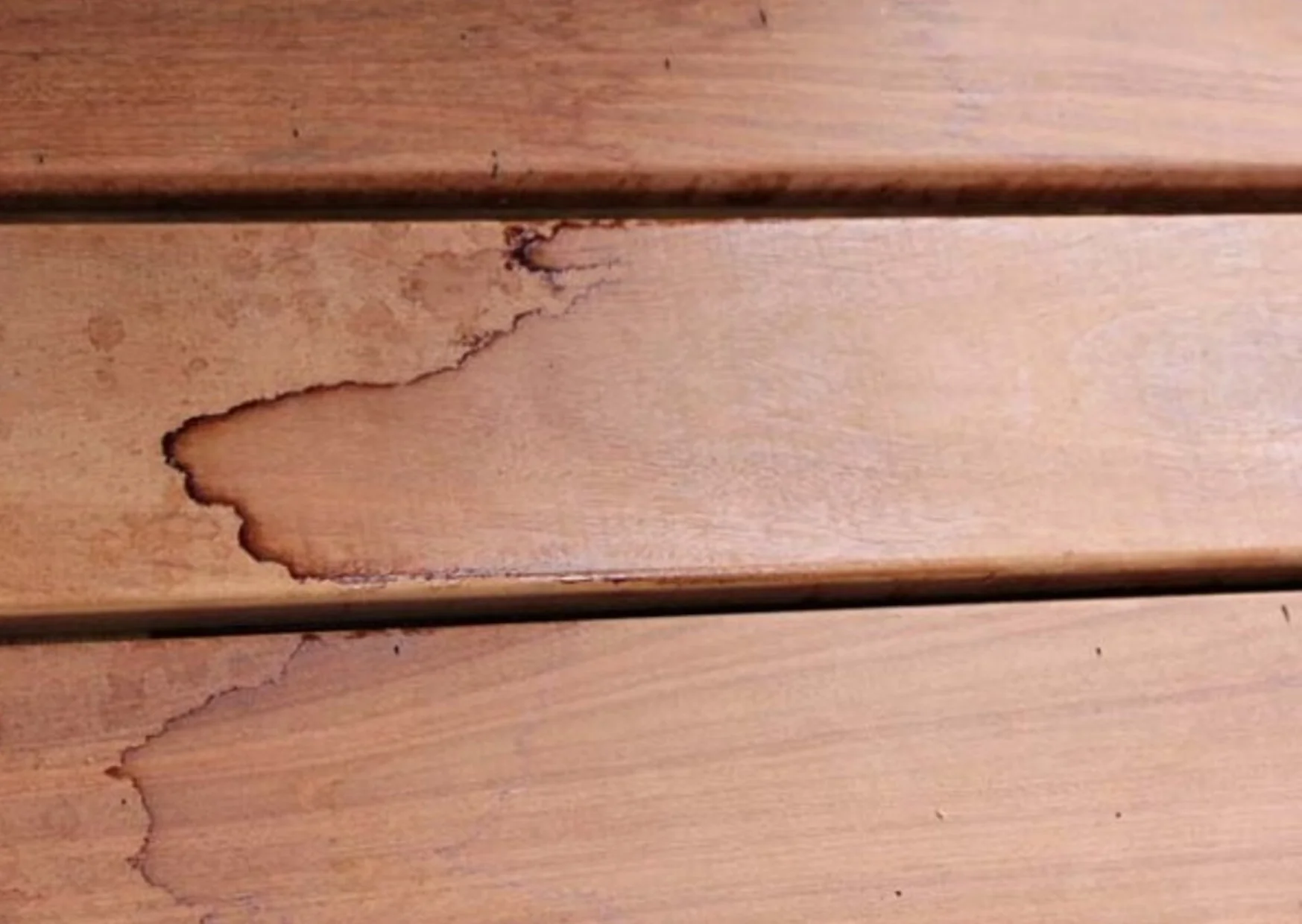When it comes to timber, one of the most important aspects to consider is the specificity of its use. Not all wood is suitable for every purpose. Each type of wood has its own characteristics, such as strength, durability, and appearance, which make it more suitable for certain applications. Understanding these differences is crucial to ensuring that you choose the right timber for your specific needs. As a case study, let us consider wood that are suitable for frames and shutters.
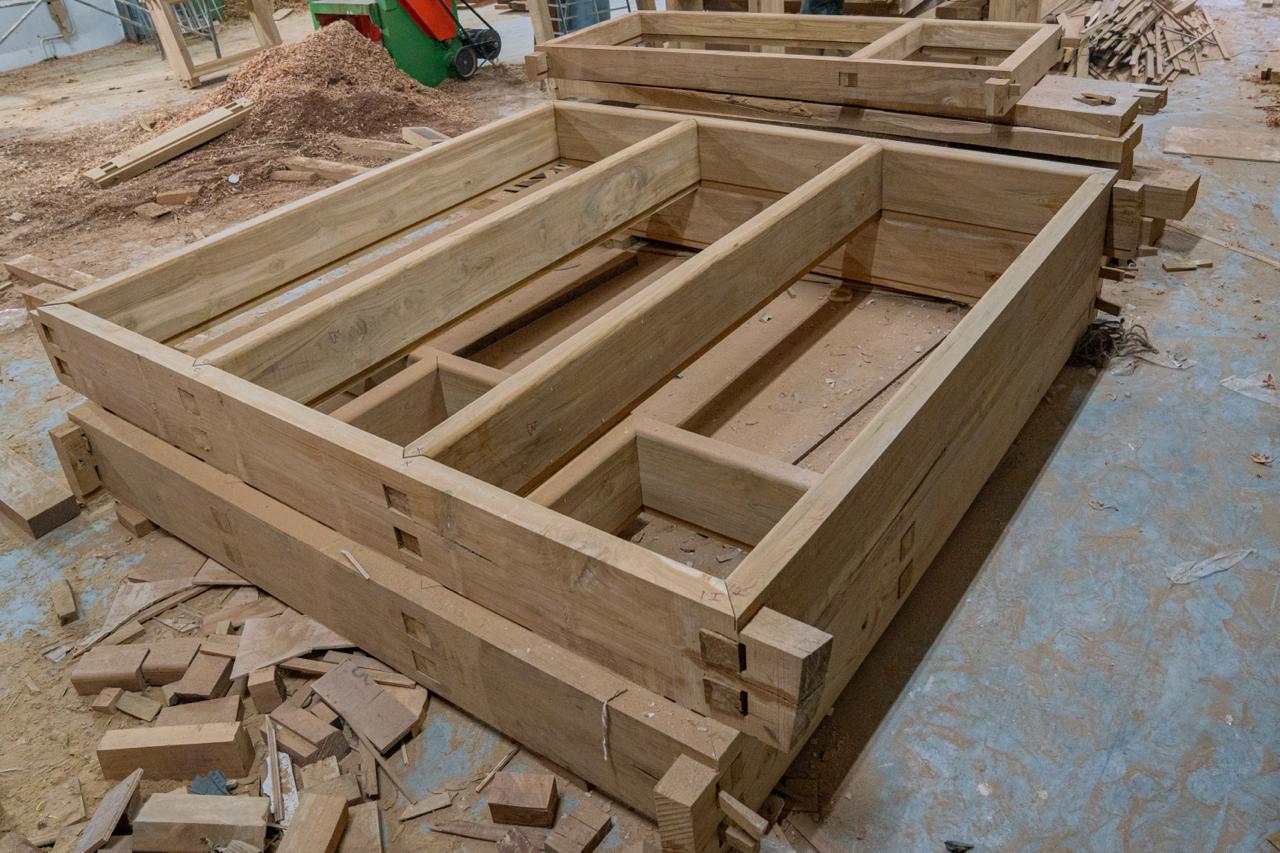
Frame-Specific Timber
Frames, whether for doors, windows, or structural supports, require wood that can withstand significant load and stress. Frames often need to bear weight, resist warping, and maintain their shape over time. Therefore, the timber selected for frames must have certain qualities:
Strength and Durability
For the manufacture of frames, we need to have wood that have exceptional strength and resistance to wear and tear. These hardwoods are dense and hence , provide the required support for structures like door and window frames.
Resistance to Moisture and Termites
Frames are typically exposed to environmental conditions, including moisture and insects. Therefore, we need wood which are naturally resistant to water damage and termites.
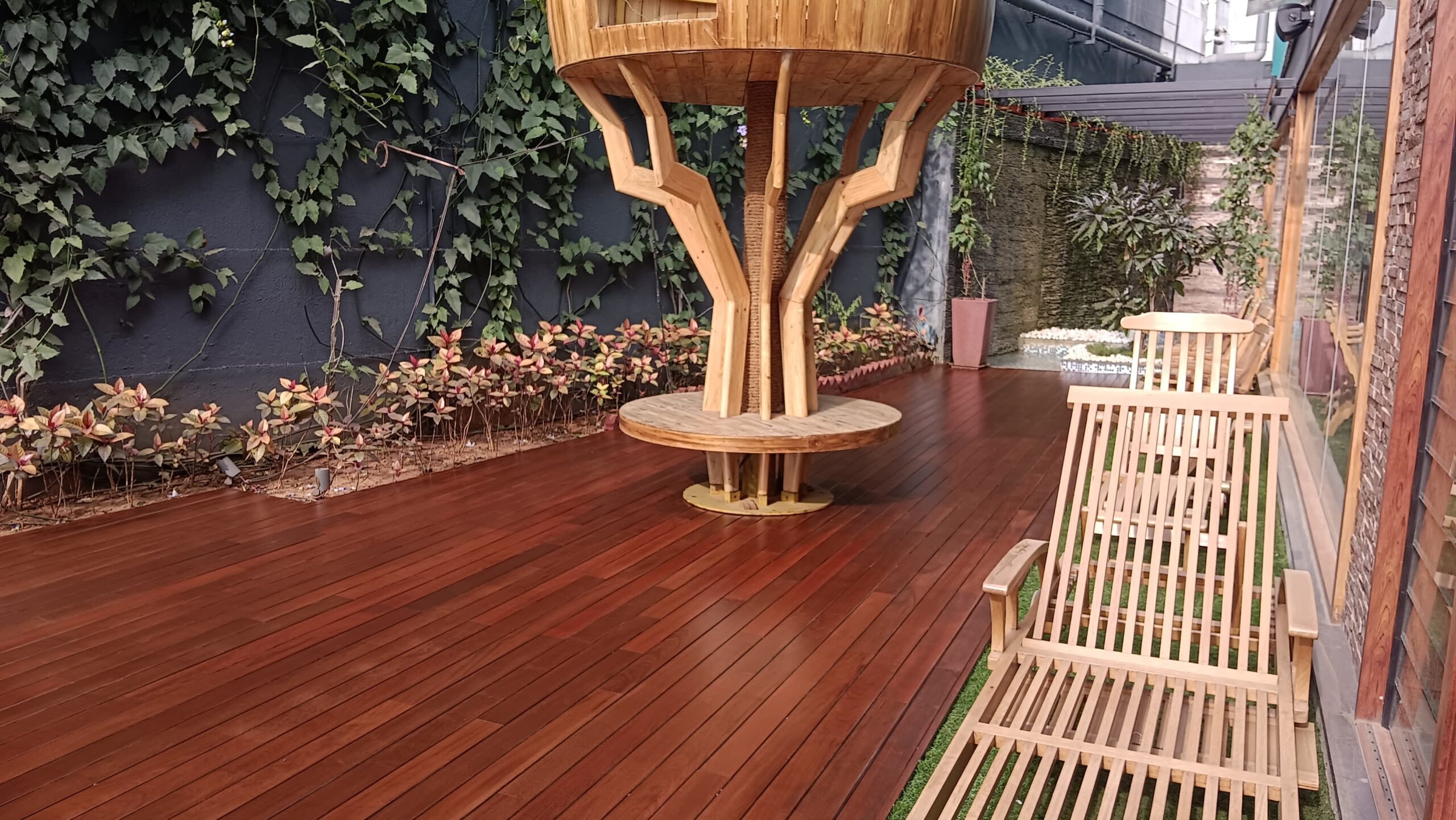
Stability
Frames need to stay intact under varying conditions, such as changes in temperature and humidity.So we need to have wood with excellent dimensional stability, ensuring they won’t warp or shrink over time.
Wood like teak, Merbau(honne), saal, mahogany etc fulfill the above characteristics and hence are widely used for making frames. Interestingly, only teak and merbau are suitable for shutters. Whereas, Saal and Mahogany are not used for shutters as these two timbers do not fulfill the characteristic requirement to make shutters.
Those characteristics are listed below :
Wood like teak, Merbau(honne), saal, mahogany etc fulfill the above characteristics and hence are widely used for making frames. Interestingly, only teak and merbau are suitable for shutters. Whereas, Saal and Mahogany are not used for shutters as these two timbers do not fulfill the characteristic requirement to make shutters.
Those characteristics are listed below :
Shutter-Specific Timber
Shutters are often exposed to direct weather conditions, such as sunlight, rain, and wind, but they don’t typically bear weight in the same way that frames do. The timber for shutters must be lighter, more flexible, and still durable enough to handle the outdoor elements.
Flexibility and Workability
Shutters require wood that is easy to work with yet strong enough to endure external elements.
Weather Resistance
Since shutters are often placed on the exterior of buildings, they need to resist moisture, fading, and warping.
Aesthetic Appeal
Shutters are often visible and can be a focal point of a building’s design. As a result, the timber for shutters needs to have a beautiful grain and rich color.
Shutters are often exposed to direct weather conditions, such as sunlight, rain, and wind, but they don’t typically bear weight in the same way that frames do. The timber for shutters must be lighter, more flexible, and still durable enough to handle the outdoor elements.
Flexibility and Workability
Shutters require wood that is easy to work with yet strong enough to endure external elements.
Weather Resistance
Since shutters are often placed on the exterior of buildings, they need to resist moisture, fading, and warping.
Aesthetic Appeal
Shutters are often visible and can be a focal point of a building’s design. As a result, the timber for shutters needs to have a beautiful grain and rich color.
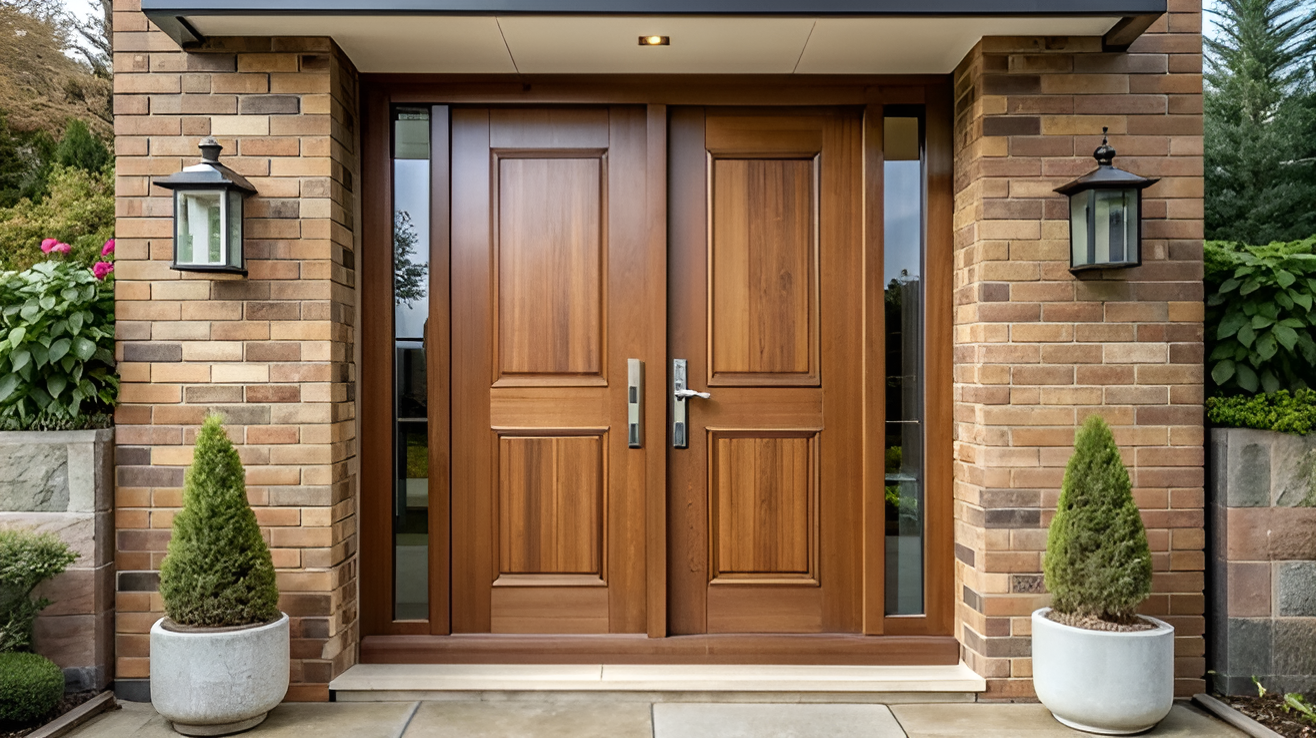
Why Specific Timber Matters
Choosing the right timber for the correct purpose ensures longevity and performance of the wood components. Using frame-specific timber for shutters can lead to unnecessary weight and instability, while using shutter-specific timber for frames can result in inadequate support and structural failure.
The right timber also plays a significant role in the maintenance and appearance of the structure. Timber that is not suited for a specific application can warp, crack, or degrade faster, leading to additional repair or replacement costs.
The right timber also plays a significant role in the maintenance and appearance of the structure. Timber that is not suited for a specific application can warp, crack, or degrade faster, leading to additional repair or replacement costs.

Conclusion
Extrapolating the above case study into various applications of timber, we can conclude that the wood being a natural product, the characteristics, behaviour under various weather conditions etc matters a lot in choosing a particular timber species for a particular purpose.
When this care is not taken, people had to face consequences. One of the easiest tricks to achieve this is to simply follow the timber consumption pattern of your region. This is because that pattern has evolved over the years and time tested.
When this care is not taken, people had to face consequences. One of the easiest tricks to achieve this is to simply follow the timber consumption pattern of your region. This is because that pattern has evolved over the years and time tested.
